Concrete proportions for the foundation: self-mixing rules

The main part of any building or structure is the foundation. After all, everyone wants his structure, be it a house or a garage, to serve as long as possible, coping with the tasks set. Therefore, the main task is to build a strong and high-quality foundation. The characteristics of this unit consist not only in accurate calculation, competent laying, but also in high-quality concrete. If the concrete is made with your own hands, then you need to know in what proportion to mix the components that greatly affect the final result.
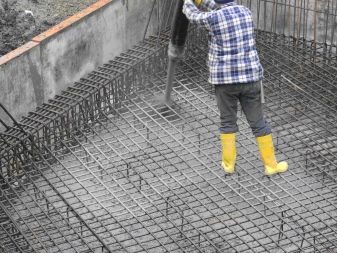
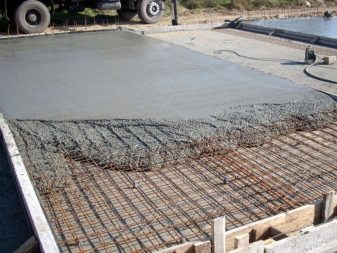
Peculiarities
It is not entirely correct to call concrete a liquid. Concrete is a stone made up of components. The official name is concrete mortar. If we talk more openly about cement, then it is a binder that holds all the constituent components together, which become a single whole after settling. The main property of concrete is a high level of hygroscopicity. Because of this, it must be delivered shortly before the mortar is made.
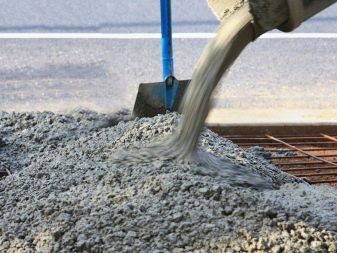
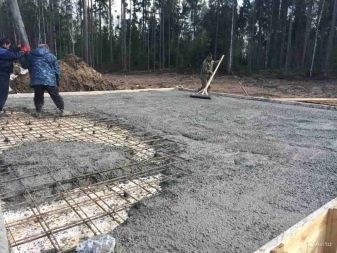
Components
There are several components in the composition of concrete.
- Cement. It is the basis for the solution.
- Water. It is a necessary reagent.
- Sand. A thickener that makes the solution viscous. The density of the solution also depends on its amount.
- Aggregate. There can be both fine-grained gravel and brick chips. There are also options with larger placeholders. This affects the strength of the concrete and its bearing properties (grade).
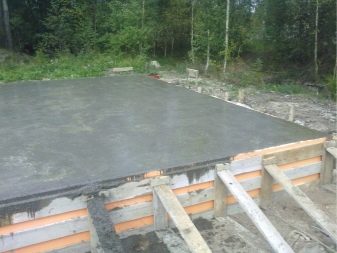
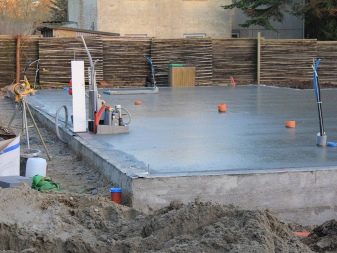
Sand mixture M 500, made according to ASG, must be thoroughly mixed during kneading so that the consistency is thick. A special table will help to knead correctly.
Views
There are the following types of cement, depending on the composition.
- Portland cement (ordinary). Designed for normal use. It perfectly tolerates the effects of both moisture and low temperatures. It is mainly used for the construction of foundations in ordinary buildings, most often in individual residential buildings.
- Slag Portland cement. Much greater moisture resistance than the previous one. The same applies to strength. It hardens much more slowly than usual. The main area of application is areas with high humidity, with a normal climate and very rare frosts.
- Pozzolanic Portland cement. WITHThe most resistant cement to moisture, but has the usual strength. Designed for casting structures that are not designed for heavy loads. Often these are underwater structures.
- A special class of cements is fast-setting. This is due to special chemical components that allow this solution to harden twice as fast as usual - in 14 days. The climatic conditions for this solution are not critical.
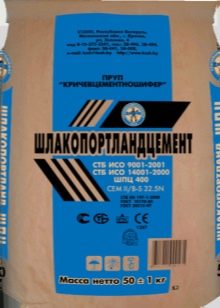
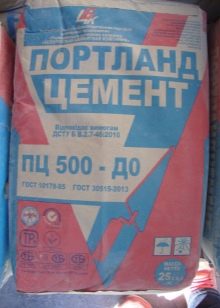
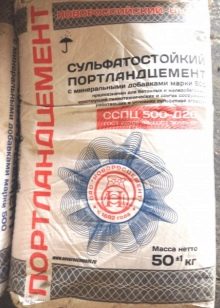
Almost any water is suitable, including from the tap, the main thing is that it is not rich in salts. Entering into a chemical reaction with water, dry cement is converted into the mortar itself.
The sand should not include clay or other impurities, the allowable value is up to 5%. The granularity of the sand should be in the region of 1.2 - 2.5 mm of each grain, the finer one will not be suitable for future concrete.
The best sand for the foundation is river sand, but washed and sifted. This is due to its constant washing with fresh water, which has a positive effect on the clay and salt composition.The filler for the manual production of concrete is often crushed stone, the grain fraction of which is within 15 - 20 mm.
But it is important to remember that the size of the grains should be approximately the same in the total mass, without an obvious preponderance of large crushed stone over small ones. This is necessary to reduce the amount of voids inside the concrete, thus reducing cement consumption. It should also not contain clay impurities, debris.
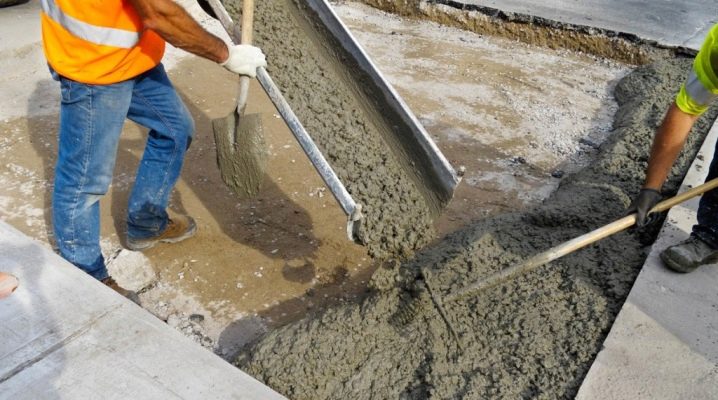
Concrete marking
The concrete grade is designated by the letter "M" and a numerical value, which denotes the compressive strength of concrete, in kg / cm2. This density upon reaching the setting of concrete, which, according to SNiP, is 28 days. This does not apply to quick setting cements and concretes. It is a mistake to believe that concrete does not have a grade lower than M100; M50 concrete is used for pouring small structures, often with fine gravel.
The line of concrete starts from M15 and ends with M1000. Before M200, concrete is used mainly on non-bearing structures, auxiliary or decorative. For foundations, M200 or M300 are usually used, for high-rise construction - M350.
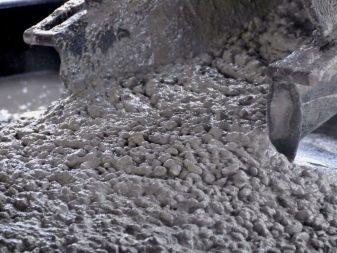
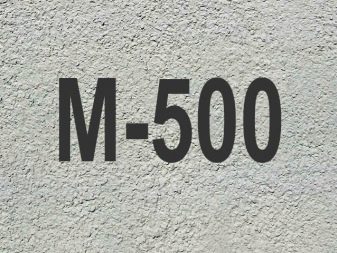
The minimum cement grade is M100. The maximum grade of cement is M500, but concrete is M1000. Concrete of this brand is super heavy, it is practically not used due to its high price and specific conditions.
One of the largest applications is to extinguish the fire of the fourth reactor at the Chernobyl nuclear power plant in 1986. The filler was lead ingots, which were dumped separately from the concrete. And also from concrete of this brand bomb shelters were made, where the thickness of the wall reached 5-7 meters.
Since the liquidation of the Chernobyl accident, it has been used in Russia and the CIS only once - during the construction of the Vostochny cosmodrome.
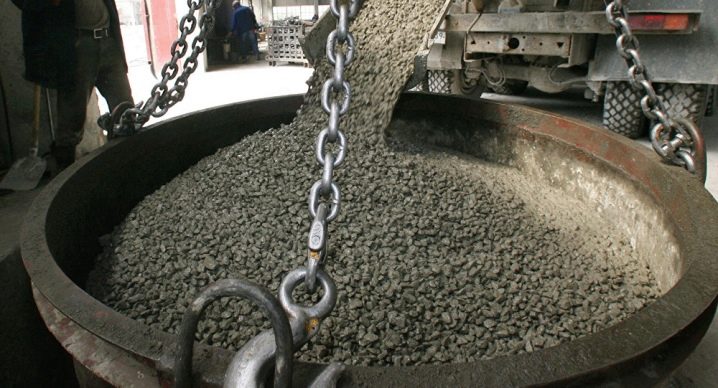
How to calculate?
It depends on well-chosen components, as well as on their proportions, how reliable and durable the structure will end up, whether it be a foundation or a wall. If we take the calculated ratio that is used at the plant, then a not quite high-quality mixture may turn out due to the fact that the components are used there, original and time-tested. At the factory, the formula is as follows: cement (1), sand (2), crushed stone or other aggregate (4), water (0.5).
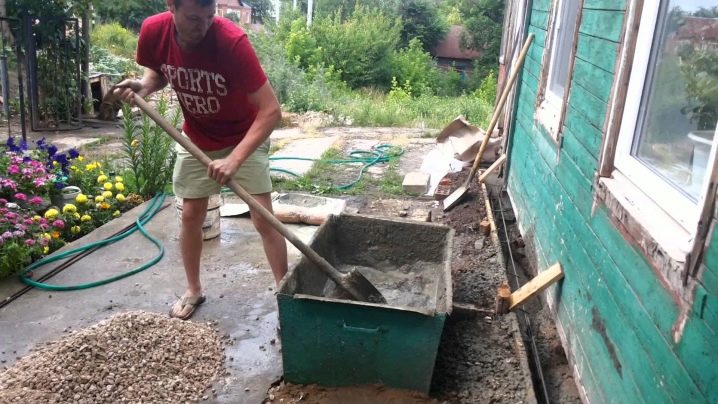
In construction with hand-made concrete, it is better to follow the same technology, but with minor adjustments. To obtain M100: cement (1), sand (4), crushed stone or other aggregate (6), water (0.5).
But for a clearer understanding of the issue, we give as an example calculations for one cube: cement 205 kg, sand 770 kg, crushed stone 1200 kg, water - 180 liters. But often there are no scales at hand, especially those that can calculate large weights, therefore it is easiest to use improvised means, for example, a bucket. You will need a 10 liter bucket, preferably galvanized. The best option for the foundation would be concrete of the M250 brand. Its proportions are: cement (1 bucket), sand (2 buckets), gravel (3.5 buckets), water (half a bucket).
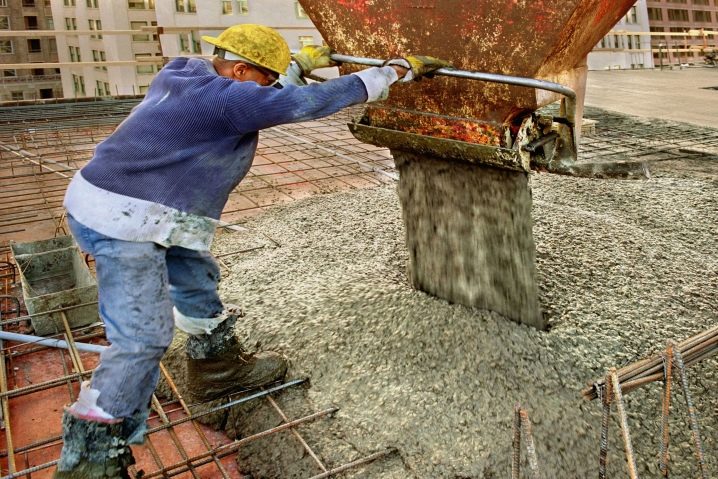
Recipes
Low-rise buildings and structures (up to three floors) require a good foundation. Of course, it depends both on the territorial location and on the forthcoming constructive load. Since the foundations with concrete pouring are tape, it can be assumed that this will be applied in the middle lane not in earthquake-prone areas, since the use of such foundations is prohibited in such areas.
In the case when the pressure per centimeter of the base of the grillage is more than 400 kg, then a concrete grade of at least M350 is selected with the proportions of cement (1), sand (1), gravel (2.5), water (0.5).
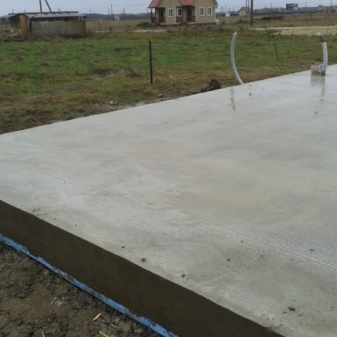
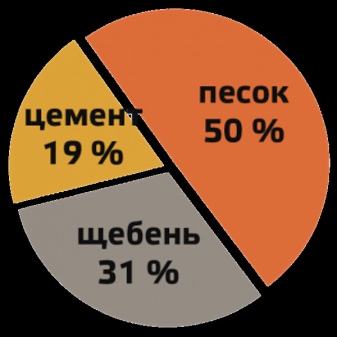
If the parameters of the future load are unknown, and the customer also has no idea about this, it is better to play it safe and make heavier concrete M450 with the proportions: cement (1), sand (1), crushed stone or other backfill (2), water (0.5) ... Such foundations are much more expensive than their less strong counterparts at least three to four times, judging by the M200, so it is also worthwhile to carry out an economic calculation and the feasibility of pouring heavier concrete.
But if you are going to use the M100, then you should abandon this venture, unless, of course, it is a summer cottage or a small structure.
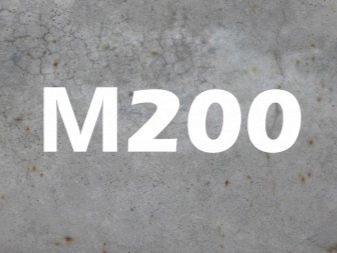
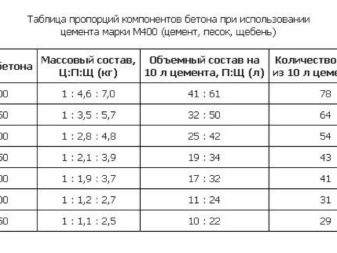
Making concrete with your own hands
The main tool for preparing concrete is a concrete mixer, as well as a shovel and a bucket. And also you need several buckets and a wheelbarrow (stretcher). But if there is no concrete mixer, then you can prepare a solution using improvised means. To do this, you need some kind of wooden box, a plastic bath, although a metal one will do. In addition, two shovels, a pair of buckets. Of course, it is advisable to take a wheelbarrow. The rest of the tools include a rammer, level, tape measure and meter, and do not forget about the rules.
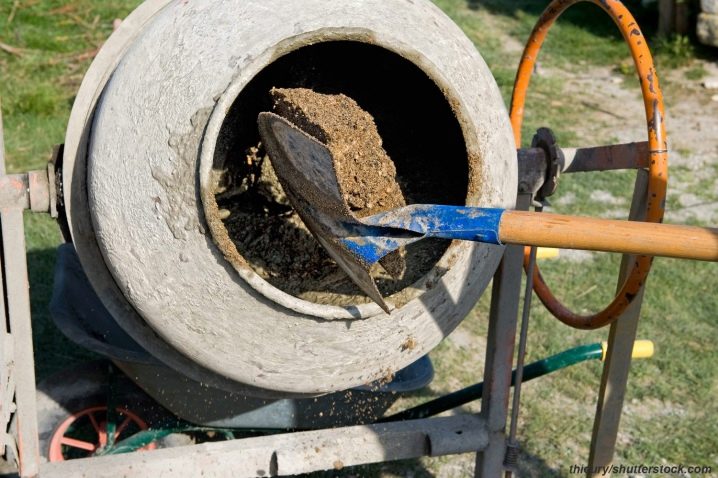
Set aside only a bucket and a shovel for cement, they should not get wet. Although you can use a regular painting knife, making an incision in the bag and pouring the cement directly into the container. For sand and crushed stone, we will also set aside a set of shovels and buckets, which should not come into contact with cement. After preparation, you can start making cement, carefully measuring out the required amount with buckets.
After receiving the cement mortar, add crushed stone and sand, and then mix thoroughly until a homogeneous layer appears. The easiest way to mix is by digging under the mortar and by vertical movements after the top, as it were, to "divide" the solution.
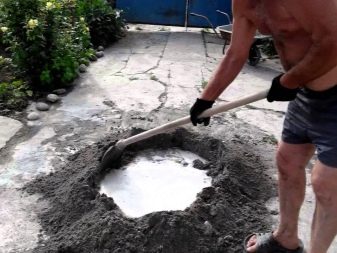
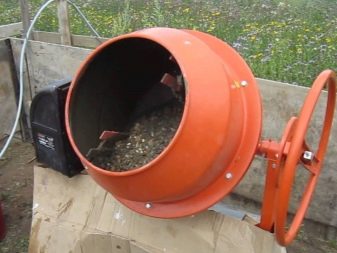
This allows you to knead almost all the components, lifting from the bottom that which does not react well. Then make a "pyramid" of arbitrary angles, shapes and make a depression in the center half the thickness of the dry mixture. After that, add the required amount of water and start mixing in exactly the same way as a dry solution. After complete mixing and dissolution of water, repeat the procedure with the "pyramid". And so on until the entire solution is saturated with water and becomes concrete. The lifespan of such concrete is about two hours, therefore, immediately after preparation, it is necessary to work with it.
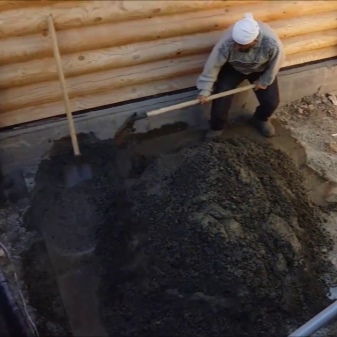

Advice
For proper mixing, you can use the advice of professionals.
- If the solution is too thick, then it can be diluted with a little water so that the structure of the mixture is homogeneous. Do not be zealous with quick stirring, ordinary stirring is enough.
- When working in wet weather or rain, as well as in cases where the sand is wet, the proportions of water must be reduced.
- The initial setting of concrete takes place after 12 hours. Primary hardening after 7 days from the moment of pouring. After 14 days, concrete gains two-thirds of its strength, and after 28 days it is ready for further work or operation. This refers to favorable weather conditions that do not structurally affect the concrete.
- Concrete work outside the premises is carried out only during the season, that is, at above-zero temperatures, since then an adequate chemical reaction occurs without delay and is exactly what is required. If concrete is kneaded and poured in frost, then ice particles form inside, which is very bad, because they take the lion's share of the strength of concrete, destroying it due to cavities, and repair and restoration of the foundation is a very expensive undertaking.
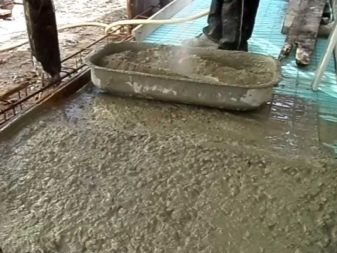
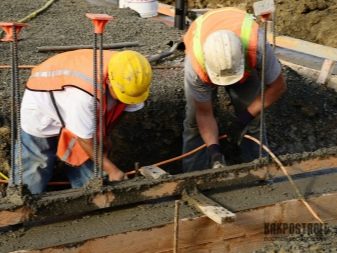
Of course, with the development of technology, special additives to the solution have appeared, which make it possible to operate this very solution, making structures from it that are suitable for almost any area. In addition to frost resistance, you can add properties of additional moisture resistance and water permeability. This has a positive effect on the properties of the future structure, allowing you to build houses where only heavy and expensive concrete was previously used.

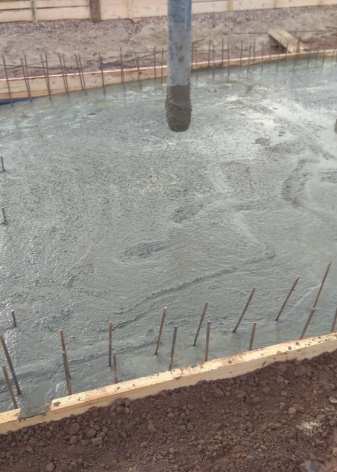
For information on how to mix concrete correctly, see the next video.













The comment was sent successfully.